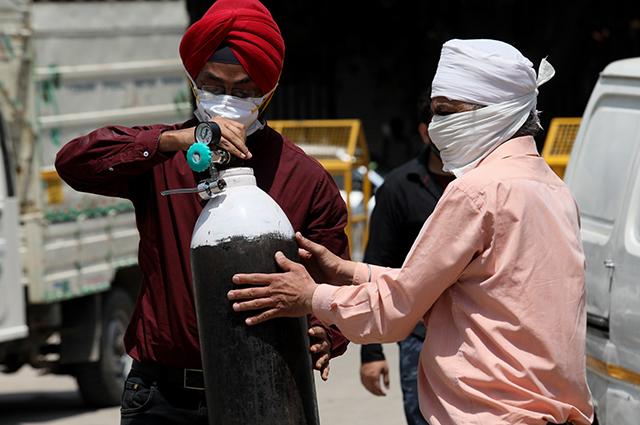-
About
-
Academics
- Physician Assistant
- Special Master’s (MBS)
-
Admissions & Financial Aid
- Tuition & Fees
-
Student Life
-
Research
- Research Labs & Centers
-
Local & Global Engagement
- Global Health Program
Behind the Numbers of India’s COVID Crisis
From undercounted deaths to vaccine shortages, researchers see signs of a difficult road ahead

Over the last two months, a devastating second wave of COVID-19 has swept through India. People around the world have watched as a record-breaking pace of infections burdened the nation’s health care system.
On May 27, two researchers who have been studying the pandemic in India for more than a year spoke to the Tufts community about the current crisis. Gagandeep "Cherry" Kang, an infectious diseases researcher at Christian Medical College in Vellore, India, is an adjunct professor at Tufts University School of Medicine and a frequent collaborator with its scientists. Bhramar Mukherjee is a biostatistician and epidemiologist at the University of Michigan’s School of Public Health. Their expertise provided context for India’s emergency and laid out ways to move forward.
The online event, which was moderated by Joyce Sackey, associate provost and chief diversity officer for the health sciences schools and the dean for multicultural affairs and global health at the School of Medicine, was part of a global health seminar series sponsored by the school and Tufts University. Here are some of the main takeaways from the discussion.